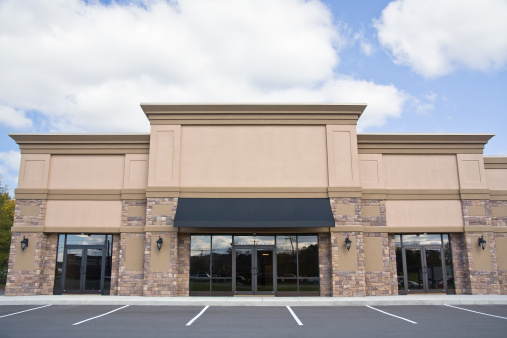When most people think about “retail”, they think about online shopping. While there are many retailers who are finding their success online, there is still a market for brick-and-mortar stores. Most of these also have a website, but shopping in person simply can’t be replicated online.
In this article, we’ll outline the steps that you need to follow to open a retail store.
8 Steps to Open Your Retail Store
Think of an idea, create a business plan
First of all, you need to think of an idea and create a business plan. Ask yourself these questions:
- What do I want to sell?
- Who will be my target customer?
- What type of prices will I have?
- Who are my local and industry competitors?
- Who will be on my team?
Of course, there are lots of other questions that will need to be answered, but these questions will help you get started.
Once you have answered these, you can consider your business funding options and marketing ideas. These can be addressed in your business plan. You may want to find out how you can attract investors and the various types of business loans that are available.
You’ll need to consider your fixed and variable costs. This may lead you to the discovery that you should start with an online business and expand into a physical location in the future.
Choose your store’s name
Next, you will need to come up with a name for your store. There are a few things you should keep in mind:
- Meaning: the name should mean something to customers
- Simplicity: the name should be easy to say
- Uniqueness: choose a name that is original and unique, not similar to competitors
The name of your business does not impact your success, so this shouldn’t be your primary focus. However, you do want to give it some thought.
Don’t forget the legalities
In order to remain compliant with government entities, you’ll need to consider the legalities including business structure, regulations, and getting the proper licenses and permits.
If you’re opening a retail store, you’ll need certain business licenses and permits, including:
- Basic business operation license
- Employer identification number
- Seller’s license
When choosing a legal structure, you’ll follow the same steps as other businesses- but understand that becoming a sole proprietor is risky. You’ll want to choose a structure that doesn’t put all of the responsibility on one owner. Most retailers choose to establish an LLC or a corporation to limit their personal liability.
Choose your location
When opening a physical store, you must find the best location. You may be tempted to choose a location based on the cost and hope that you make enough money- but there’s something to be said about being in a busy area of town. A location in a busy part of town may cost you more, but it may translate into a lot more customers.
When looking for the best location, think about your target demographic and where they typically hang out. Then, try to find a space in that area. While this may sound simple, it makes the most sense. If you don’t put your business where your customers are, they are less likely to shop with you.
Create a personal experience
Online shopping offers convenience that a physical location does not. When shopping online, the store is open 24/7. Therefore, in order to find success, you must add value that your competitors do not.
This often means creating a personal experience for your customers. Many retailers find that offering samples or allowing customers to try on clothes increases their success. Online retailers simply can’t offer this type of personal experience. Your primary focus when creating your business should be your customer.
Build relationships with vendors
When opening a retail business, you’ll need to establish relationships with vendors. As a small business owner, you’ll face some unique challenges- but you must take steps to consistently please your customers. One of the best ways to do this is by establishing relationships with your vendors. If you can do this, you will be set up for success. This may be challenging if you use overseas vendors.
Explore opportunities for marketing
One of the most important steps in building a successful business is marketing. If you have an online business and want to expand to a physical location, consider experimenting with pop-up shops. This is a shop that is opened in a temporary location for a short period of time.
This will allow your business to move around and attract new customers. A pop-up shop can help you determine whether or not your physical location would be successful.
Other marketing opportunities include social media and/or in-store discounts. Sales are a great way to increase foot traffic to your store. No matter which marketing tactics you use, you must find creative ways to reach your customers.
Plan a grand opening
When opening a retail store, plan a grand opening. This doesn’t mean that you need to spend a lot of money- but you do want to make a big deal. Reach out to your local media outlets to let them know about it. This is a great way to get the word out without spending money on marketing.
In addition to media coverage, put your grand opening information on social media and other channels for several weeks in advance. Don’t wait until a few days before the event to mention it.
Keep in mind that it doesn’t have to be a major deal, but you should take it seriously. It won’t make or break your business, but it will make people aware- and hopefully get them excited- about your business.
Conclusion
When opening a retail store, there are certain things you need to do. Keep these in mind to improve your chances of success. If you need help, contact My Commercial Capital today. We can help you get started.

